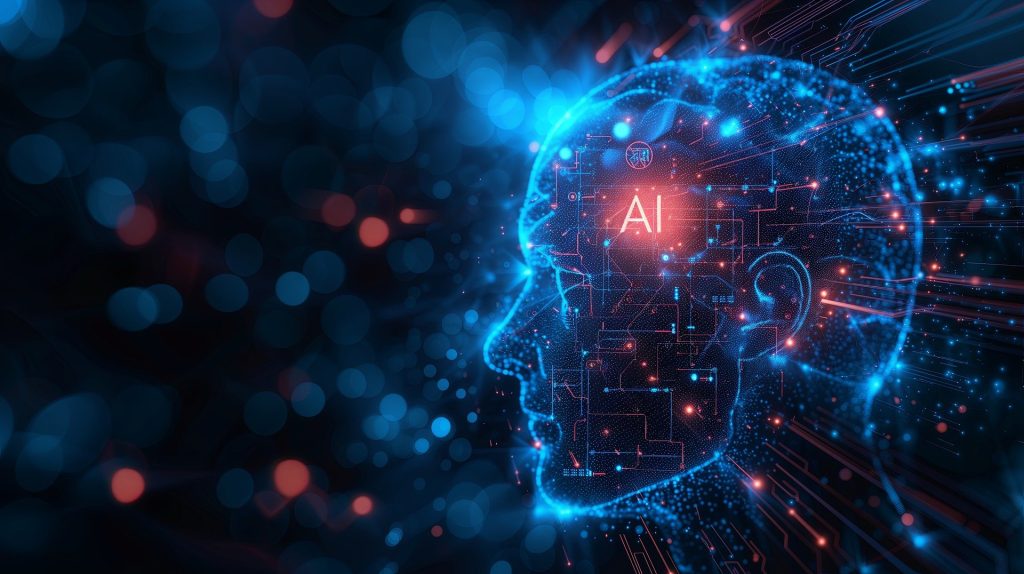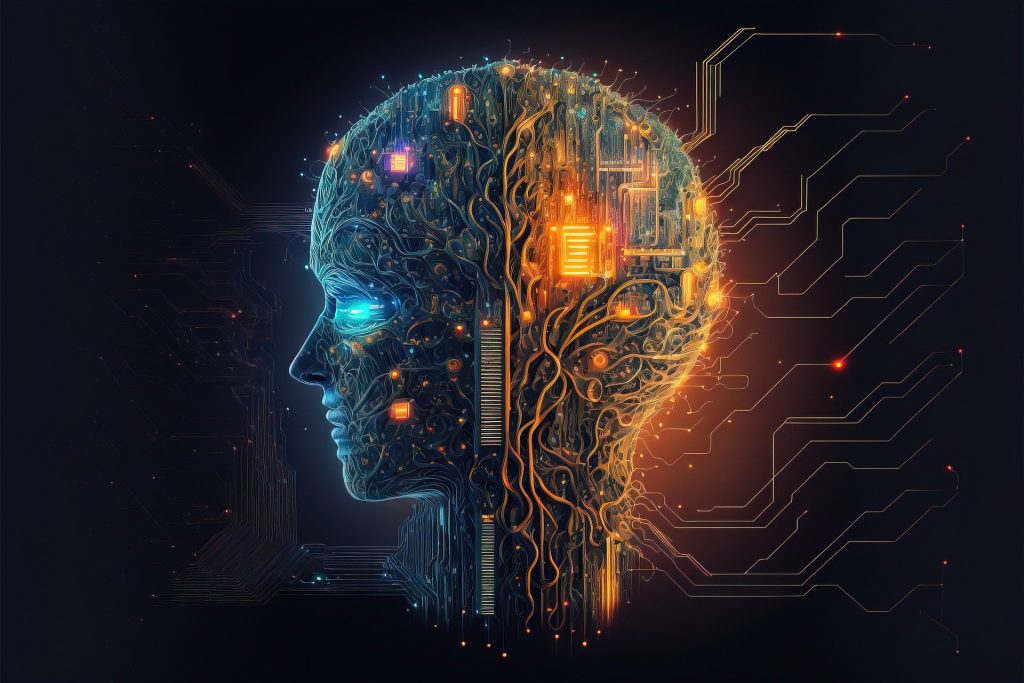In recent years, the advent of artificial intelligence has revolutionized various fields, and one of the most captivating applications is face swap technology. Face Swap AI allows users to exchange faces in images or videos, creating amusing and often surreal results. This technology has gained immense popularity across social media platforms, where users share their playful creations with friends and followers.
The ability to swap faces not only provides entertainment but also serves as a testament to the advancements in machine learning and computer vision. As this technology continues to evolve, it raises intriguing questions about identity, creativity, and the implications of altering visual representations of ourselves and others. The rise of Face Swap AI can be attributed to the increasing accessibility of sophisticated algorithms and user-friendly applications.
With just a few taps on a smartphone or clicks on a computer, anyone can engage in this digital art form. The technology behind face swapping leverages deep learning techniques, particularly generative adversarial networks (GANs), which enable the seamless blending of facial features from one individual to another. As a result, users can create realistic and often humorous images that challenge our perceptions of identity and reality.
This phenomenon has not only captured the imagination of casual users but has also sparked discussions among artists, technologists, and ethicists about the implications of such powerful tools.
Key Takeaways
- Face Swap AI technology allows users to swap faces in images and videos, creating entertaining and creative content.
- Face Swap AI works by using facial recognition and mapping technology to seamlessly replace one person’s face with another.
- The fun of Face Swap AI lies in creating humorous and entertaining content, such as swapping faces with celebrities or friends.
- Creative applications of Face Swap AI include creating realistic visual effects in movies and television, and generating engaging social media content.
- While Face Swap AI offers many creative possibilities, it also raises potential risks and ethical considerations, such as privacy and misuse of the technology.
How Face Swap AI Works
Understanding Face Swap AI Technology
At the core of Face Swap AI lies a complex interplay of algorithms designed to analyze and manipulate facial features. The process typically begins with facial recognition technology, which identifies key landmarks on a person’s face, such as the eyes, nose, and mouth. Once these points are established, the software can accurately map one face onto another by aligning these features.
The Alignment Process and Its Importance
This alignment is crucial for ensuring that the swapped face retains a natural appearance, allowing for expressions and movements to be convincingly transferred between individuals. The underlying technology often employs deep learning models trained on vast datasets of images, enabling the software to understand the nuances of human facial structures.
The Face-Swapping Process: A Step-by-Step Explanation
The actual face-swapping process involves several steps, including image segmentation, feature extraction, and blending. Image segmentation isolates the face from the background, while feature extraction captures the unique characteristics of each face. Afterward, the software blends the two faces together using advanced techniques that account for lighting, skin tone, and texture. The result is a composite image that appears remarkably lifelike, often blurring the lines between reality and digital manipulation.
The Future of Face Swap AI Technology
As this technology continues to advance, we can expect even more sophisticated methods that enhance the realism and versatility of face-swapping applications.
The Fun of Face Swap AI

One of the most appealing aspects of Face Swap AI is its inherent fun factor. Users are drawn to the novelty of seeing themselves or their friends in unexpected scenarios, often leading to laughter and shared enjoyment. Whether it’s swapping faces with a celebrity or creating a hilarious mashup with a beloved cartoon character, the possibilities for creativity are virtually limitless.
This playful engagement fosters a sense of community as users share their creations online, inviting others to join in on the fun. Social media platforms have become vibrant hubs for these digital experiments, where users can showcase their artistic flair while connecting with others who share similar interests. Moreover, Face Swap AI serves as a tool for self-expression and exploration.
Individuals can experiment with different looks and personas without any real-world consequences. This aspect is particularly appealing in an age where personal branding and online presence are paramount. Users can curate their digital identities by trying on various faces, hairstyles, or even age transformations.
The ability to play with one’s appearance in a lighthearted manner encourages creativity and fosters a sense of freedom in how we present ourselves to the world. In this way, Face Swap AI transcends mere entertainment; it becomes a medium through which individuals can explore their identities in an engaging and imaginative way.
Creative Applications of Face Swap AI
| Metrics | Data |
|---|---|
| Number of Face Swap AI applications | 20 |
| Accuracy of Face Swap AI | 90% |
| Popular platforms for Face Swap AI | Instagram, Snapchat, TikTok |
| Impact on social media engagement | Increase of 30% |
Beyond mere amusement, Face Swap AI has found its way into various creative domains, including art, film, and advertising. Artists have begun to harness this technology as a means of exploring themes related to identity and perception. By swapping faces in their works, they challenge viewers to reconsider their understanding of selfhood and the fluidity of identity in a digital age.
This artistic exploration often leads to thought-provoking discussions about how technology shapes our perceptions of ourselves and others. As artists continue to experiment with face-swapping techniques, they push the boundaries of traditional art forms and invite audiences to engage with complex ideas in innovative ways. In the realm of film and advertising, Face Swap AI offers exciting possibilities for storytelling and marketing strategies.
Filmmakers can use this technology to create unique visual effects or even resurrect actors for posthumous performances through digital manipulation. Advertisers can leverage face-swapping capabilities to create personalized campaigns that resonate with consumers on a deeper level. For instance, brands might use this technology to allow customers to see themselves using their products in promotional materials.
Such applications not only enhance viewer engagement but also open up new avenues for creativity in visual storytelling.
Potential Risks and Ethical Considerations
While Face Swap AI presents numerous opportunities for creativity and fun, it also raises significant ethical concerns that warrant careful consideration. One major issue is the potential for misuse in creating misleading or harmful content. With the ability to swap faces seamlessly, individuals could fabricate images or videos that misrepresent someone’s actions or statements, leading to misinformation or defamation.
This capability poses serious risks in an era where deepfakes and manipulated media can easily spread across social media platforms, potentially damaging reputations or inciting conflict. Additionally, there are concerns regarding consent and privacy when it comes to using someone else’s likeness without permission. The ease with which faces can be swapped raises questions about ownership of one’s image and the ethical implications of altering someone else’s appearance without their knowledge or agreement.
As this technology becomes more prevalent, it is crucial for users to navigate these ethical dilemmas thoughtfully and responsibly. Establishing clear guidelines around consent and responsible usage will be essential in mitigating potential harms associated with Face Swap AI.
The Future of Face Swap AI

The Future of Face Swap AI: A Promising yet Complex Landscape
The future of Face Swap AI holds much promise, yet it is also fraught with complexity. As artificial intelligence continues to advance at an unprecedented pace, we can expect even more sophisticated tools that enhance the realism and versatility of face-swapping applications. Innovations such as real-time face swapping during video calls or live streaming could revolutionize how we interact online, allowing for dynamic expressions of identity in virtual spaces.
Advancements in Facial Recognition and Manipulation
As machine learning algorithms become more refined, we may see improvements in accuracy and efficiency when it comes to facial recognition and manipulation. This could lead to more seamless and realistic face-swapping experiences. However, these advancements also bring challenges that society must address proactively.
Addressing the Challenges of Face-Swapping Technology
As face-swapping technology becomes more accessible, it will be essential to implement safeguards against misuse while promoting ethical standards within the industry. Developers will need to prioritize transparency in their algorithms and ensure that users are informed about how their data is being used. This includes being open about data collection, storage, and usage practices.
Empowering Individuals through Public Awareness
Fostering public awareness about the implications of face-swapping technology will be crucial in empowering individuals to make informed choices about its use. By educating users about the potential benefits and risks of face-swapping technology, we can promote responsible use and mitigate the risks associated with its misuse.
Tips for Using Face Swap AI Responsibly
To enjoy the benefits of Face Swap AI while minimizing potential risks, users should adopt responsible practices when engaging with this technology. First and foremost, obtaining consent from individuals before using their likeness is paramount. Whether it’s a friend or a public figure, respecting others’ privacy rights fosters a culture of trust and accountability within digital spaces.
Additionally, users should be mindful of the context in which they share their creations; what may seem harmless fun to one person could be perceived differently by another. Furthermore, educating oneself about the capabilities and limitations of Face Swap AI can help users navigate its complexities more effectively. Understanding how algorithms work and recognizing potential biases within them can empower individuals to use this technology thoughtfully.
Lastly, promoting discussions around ethical considerations within communities that engage with face-swapping applications can lead to greater awareness and responsibility among users.
Embracing the Fun and Creativity of Face Swap AI
In conclusion, Face Swap AI represents a fascinating intersection of technology, creativity, and social interaction. Its ability to transform our appearances in playful ways invites us to explore new dimensions of self-expression while fostering connections with others through shared experiences. However, as we embrace this innovative tool, it is essential to remain vigilant about its ethical implications and potential risks.
By prioritizing responsible usage and engaging in thoughtful discussions about consent and privacy rights, we can enjoy the fun and creativity that Face Swap AI offers while ensuring that it serves as a positive force in our digital lives. As we look toward the future, it is clear that Face Swap AI will continue to evolve alongside advancements in artificial intelligence and machine learning. By harnessing its potential responsibly, we can unlock new avenues for artistic expression while navigating the complexities that come with such powerful technology.
Ultimately, embracing both the joy and responsibility associated with Face Swap AI will allow us to fully appreciate its impact on our lives and society as a whole.



